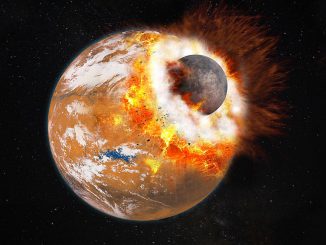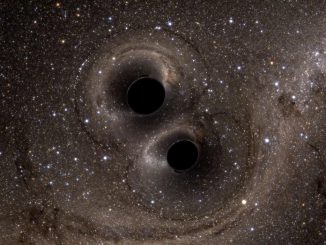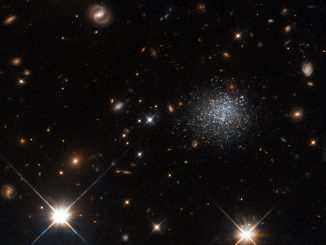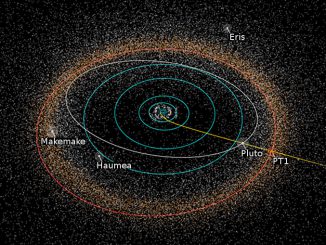
Saturn’s moon Enceladus and its paper-thin crust
Researchers have used data collected by the Cassini spacecraft to build a computer simulation of Saturn’s icy ocean moon Enceladus that includes the thickness of the ice crust. At its south poles, huge geysers of water jet into space. These come from the ocean depths and suggest that the ice there must be relatively thin for this to happen.









